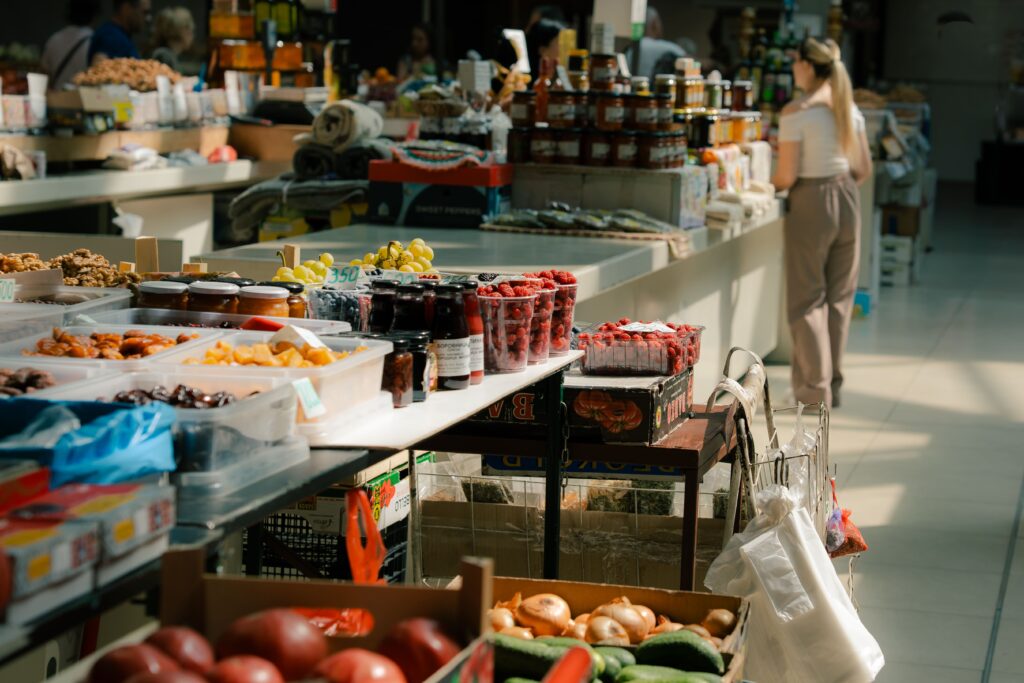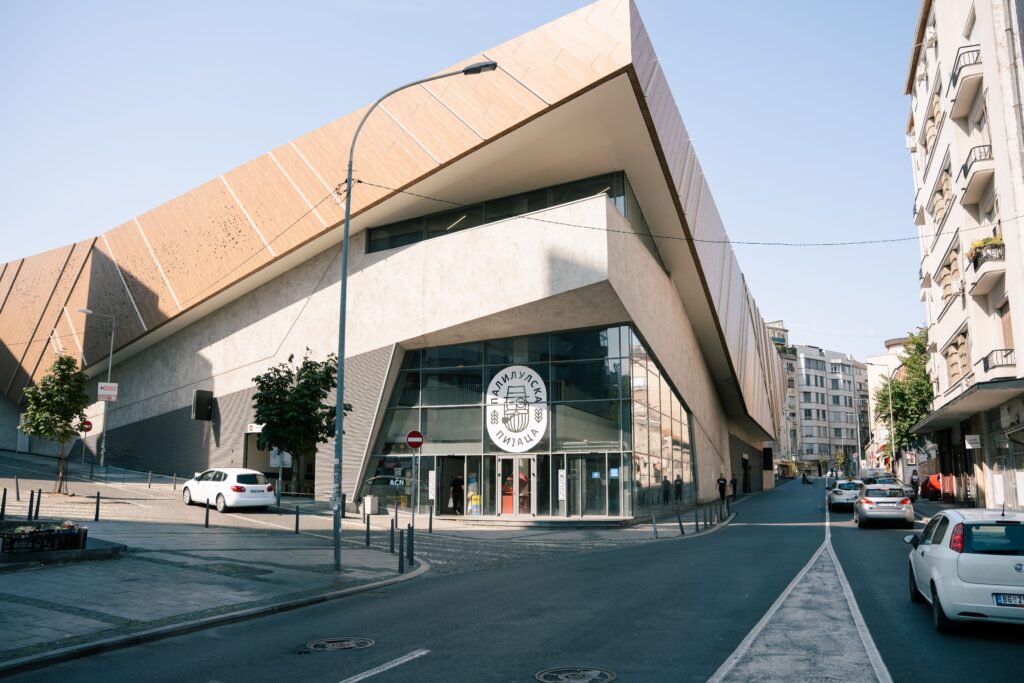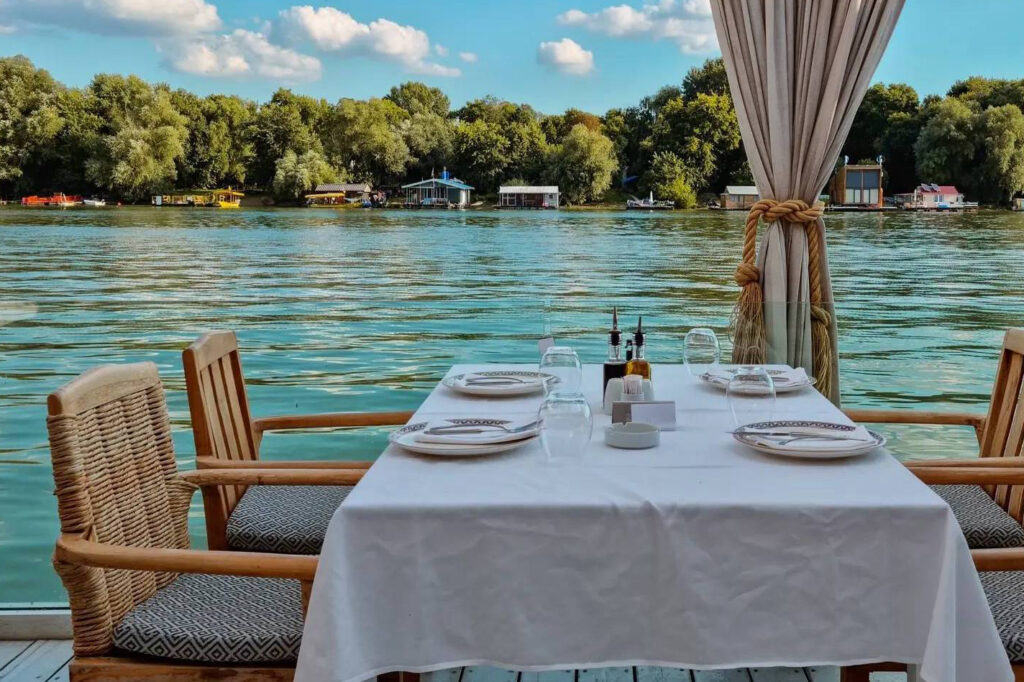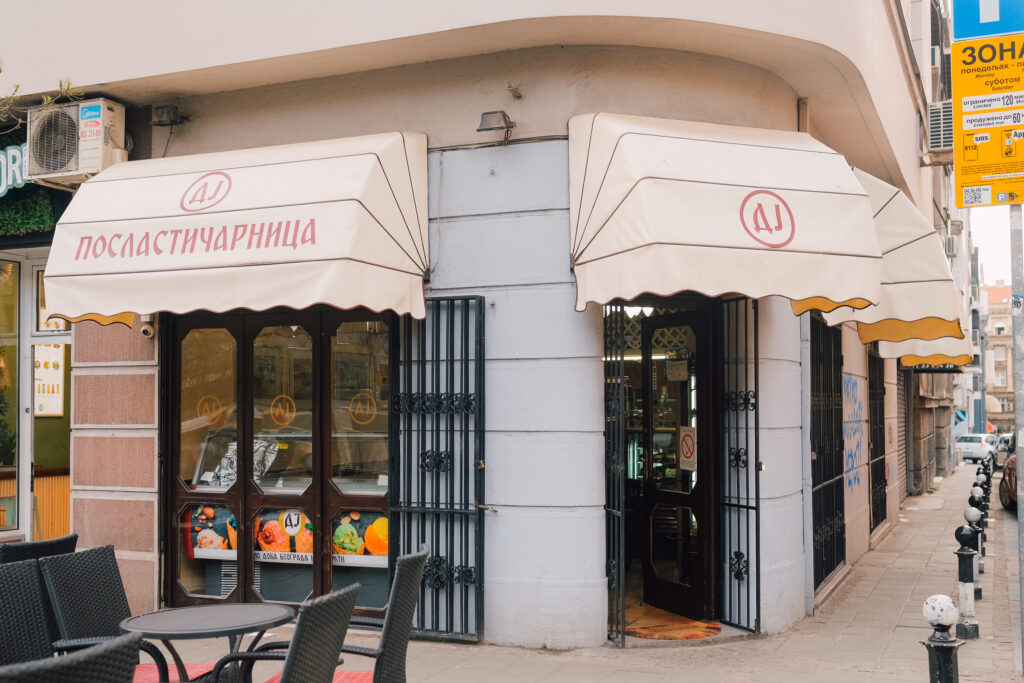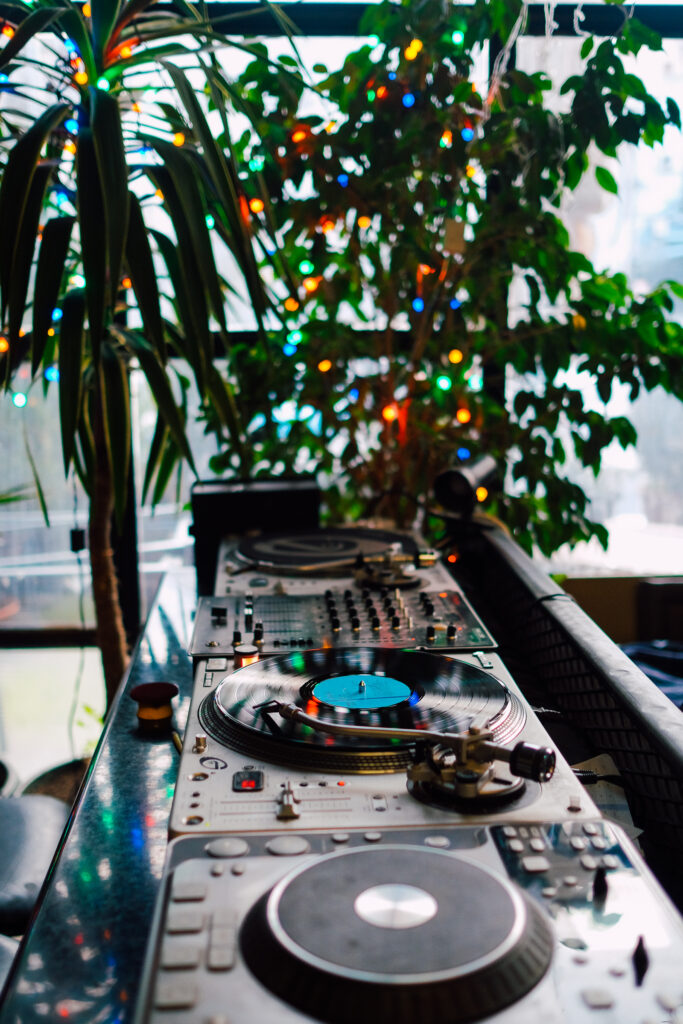A Walk through Palilula Secession, modernism, the Botanical Garden, and an outstanding bakery
Words: Elvira Ibragimova
Photos: Kristina Shapiro
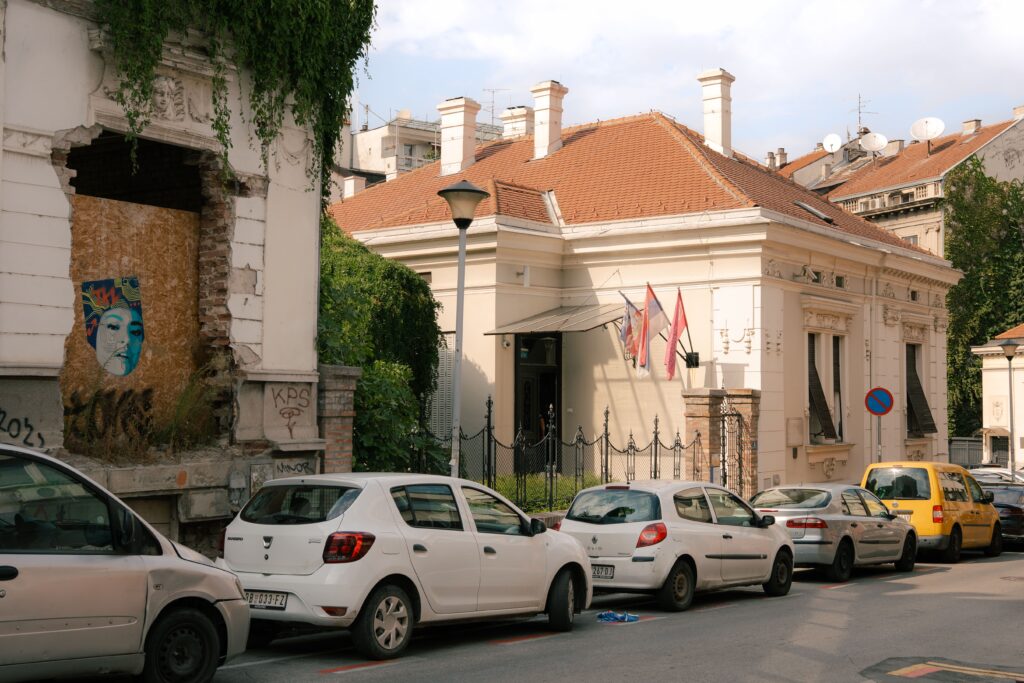
On the modern map of Belgrade, the municipality of Palilula stands out for its size and for the disproportion between its parts on the two banks of the Danube; however, we suggest walking through historic Palilula, whose borders are King Alexander Boulevard, Ruzveltova Street and Cvijićeva Street, and to the north Despot Stefan Boulevard (according to another version, Palilula reaches as far as Francuska Street).
On this territory, the Austrians in the early 18th century established the German settlement of Karlstal (Valley of Emperor Karl). In the 19th century Palilula was still a village — journalists of the time described it as an idyllic place only 15 minutes’ walk from Belgrade. The name “Palilula,” according to one version, comes from the fact that smoking was permitted here (“lula” — a pipe), and according to another from the activity of potters — who either made pipes, or whose houses, with smoke rising from their chimneys, looked like a cluster of lit pipes.
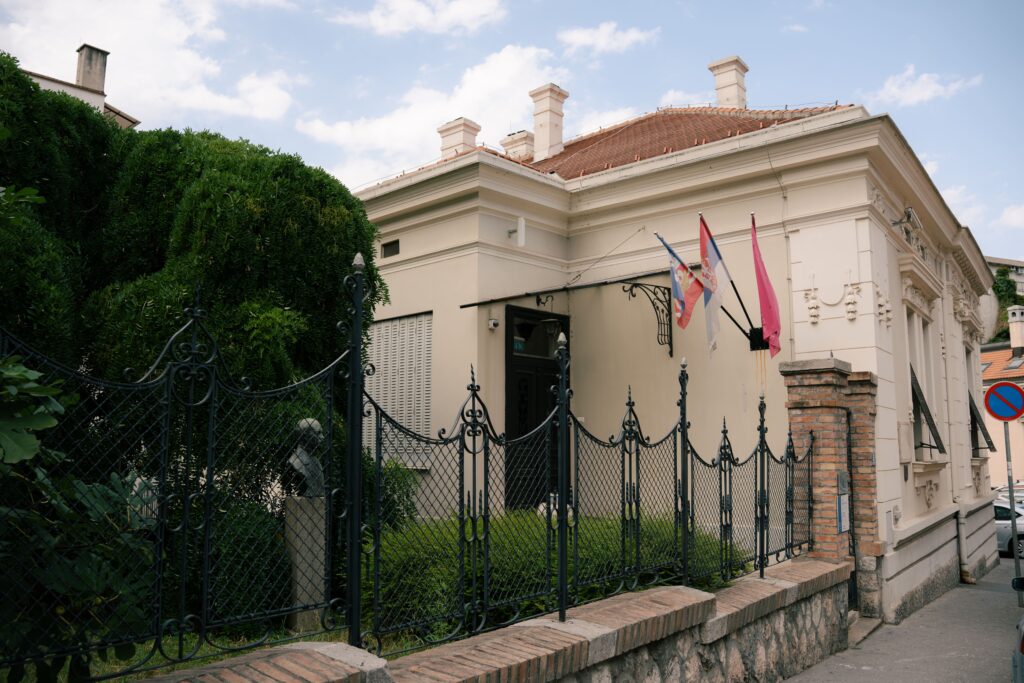
Begin the walk in the micro-neighbourhood Kopitareva gradina — named after the Slovenian philologist Jernej Kopitar; gradina is an old term for “garden.” Here you can still find single-storey houses from the early 20th century that belonged to the intellectual and artistic elite. For example, note the modernist villa of the sculptor Petar Palaviccini (Jelene Ćetković 6), or drop into the Jovan Cvijić Museum with its lavish Secessionist interiors (Jelene Ćetković 5).
The building of the First City Hospital (Džordža Vašingtona 19) is one of the oldest in this part of the city; it was built in the 1860s in the spirit of German Romanticism, with the involvement of German craftsmen. You can go inside and explore the development of medicine in Serbia thanks to the Museum of the Serbian Medical Society, and nearby in the park there are whimsical sculptures. By the way, not far away (next to 40 Džordža Vašingtona) there is an equally unusual monument — to that same Slovenian philologist Jernej Kopitar.
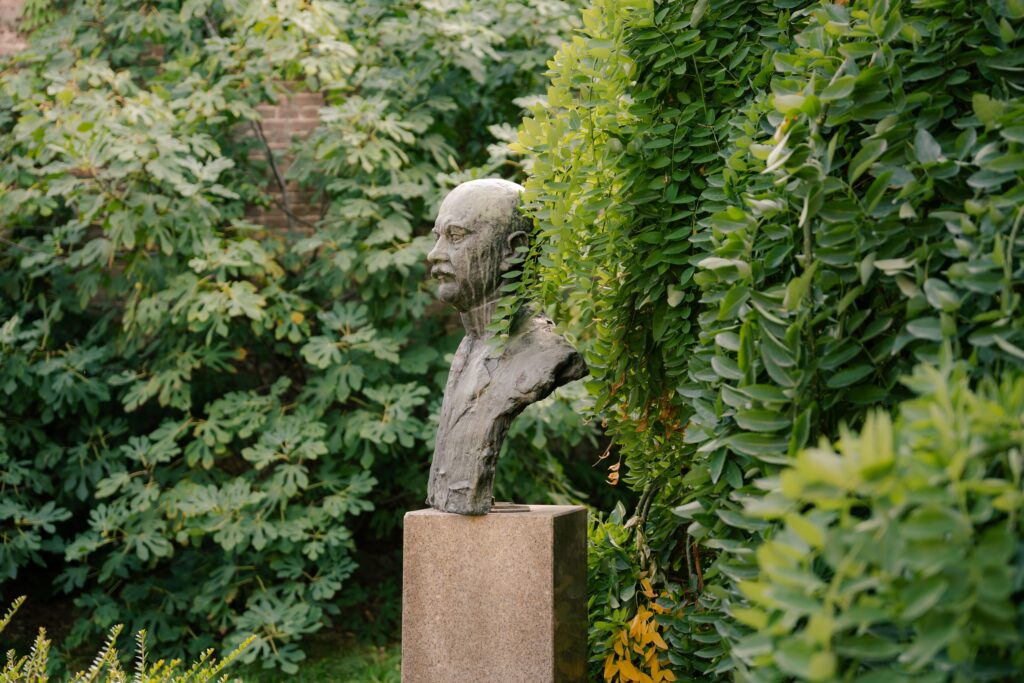
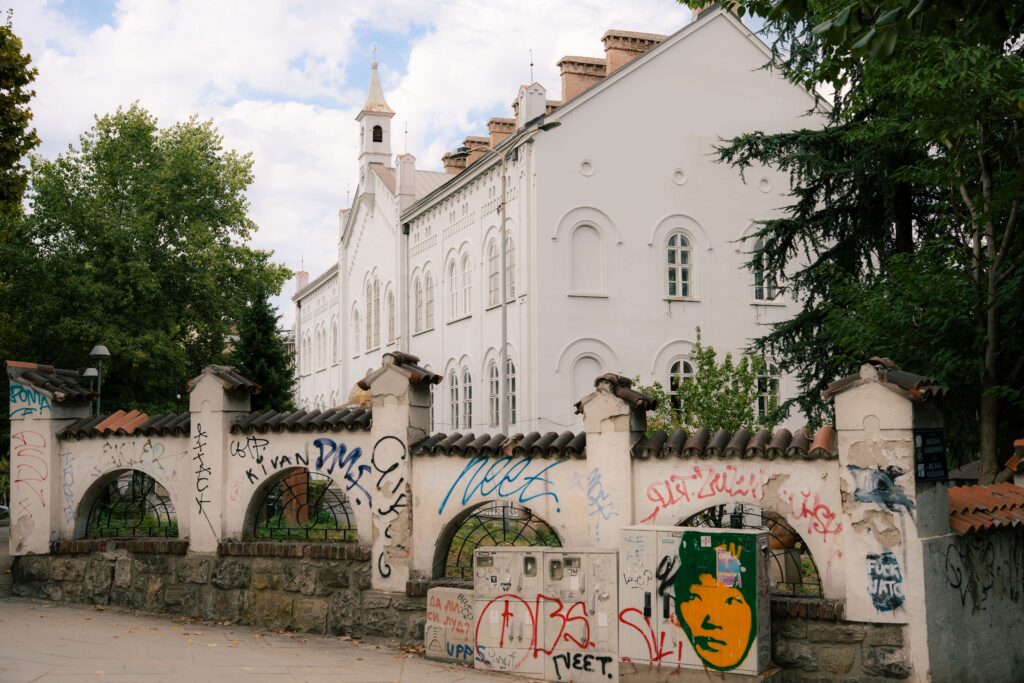
The site of Palilula’s former central square is now completely occupied by a school building — its main historic block faces Takovska Street (Takovska 41). Built for Palilula in 1894, the school was considered luxurious for its time — not only for its academic-style façades, but also thanks to the presence of heating and ventilation systems.
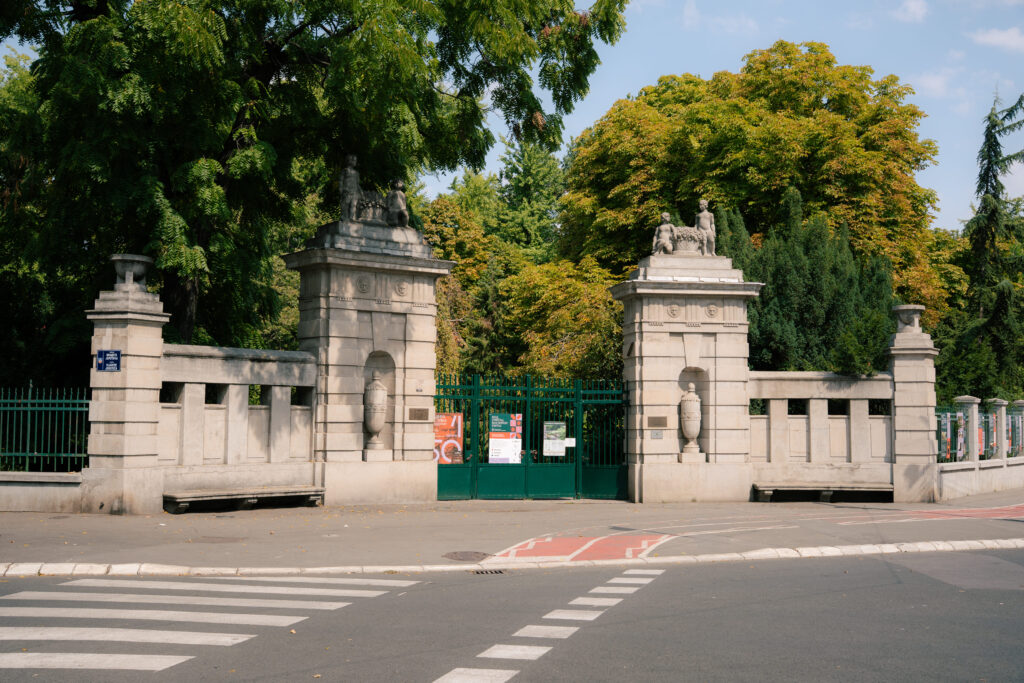
A walk through Palilula should be complemented by a visit to the Jevremovac Botanical Garden — the only place that still evokes the rural idyll of old Palilula with its quiet green corners. Here you can step into the glasshouses, meditate in the Japanese garden, or take a look at the huge unfinished concrete structure.
If you continue deeper into Palilula along Dalmatinska Street, you can delve into the darker pages of its history — on the odd-numbered side there used to be a Jewish cemetery, and the building of the Faculty of Mining and Geology (Đušina 7), originally built as barracks, served as a Gestapo prison during the Second World War.
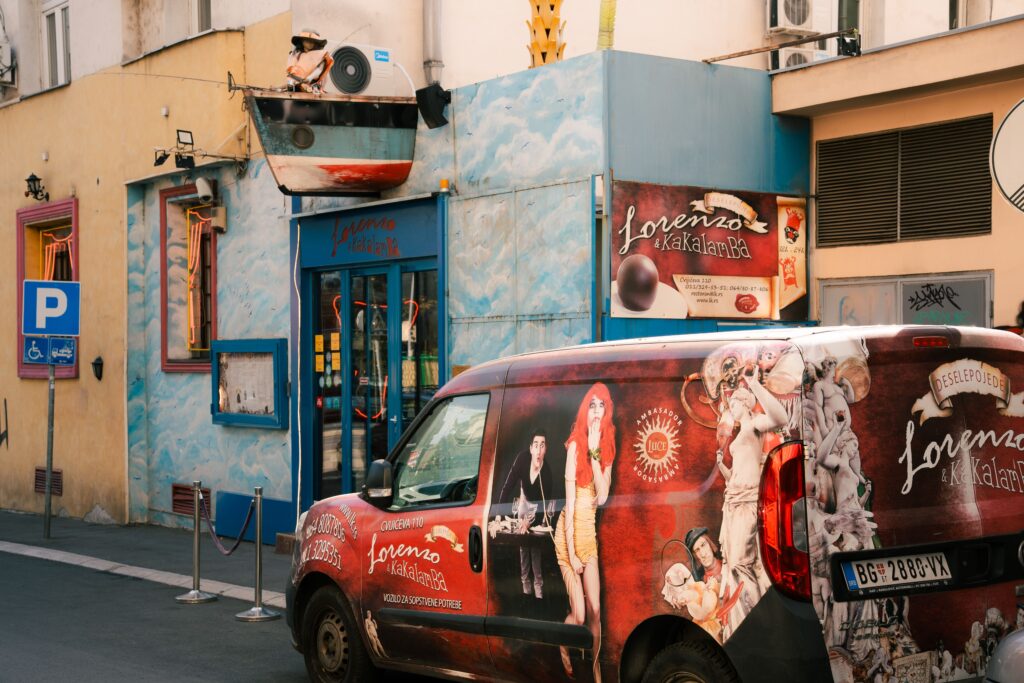
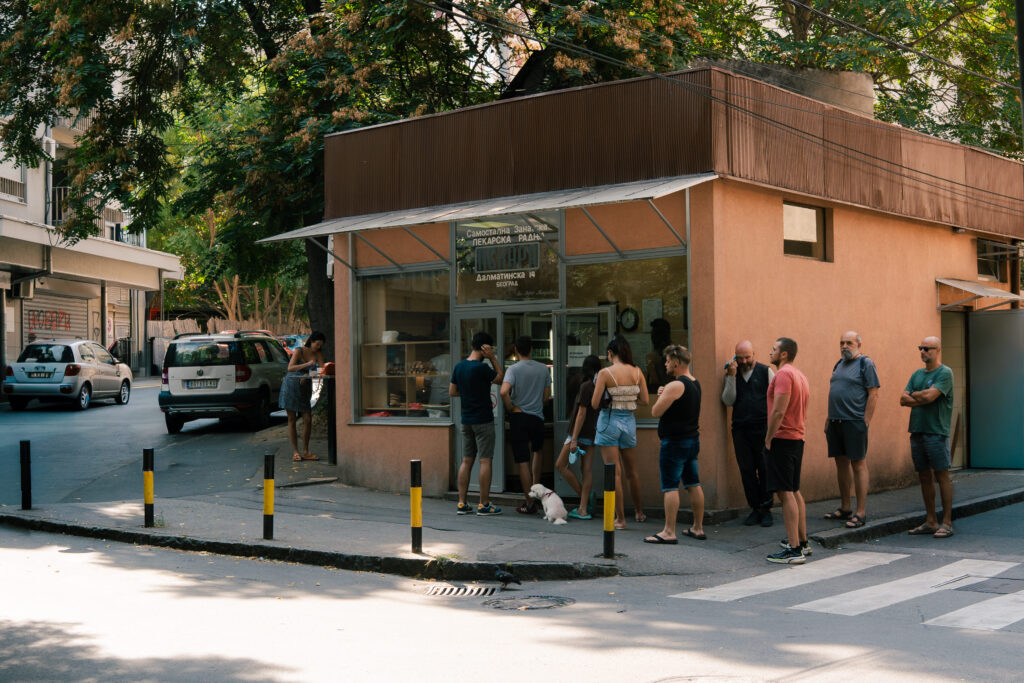
On Dalmatinska Street you’ll also find the neighbourhood’s main point of attraction — Ljupče bakery (Dalmatinska 14). During opening hours there is always a queue at the entrance — an excellent place for small talk with locals and a quick bite. If your appetite has grown stronger, you can drop into the restaurant Lorenzo & Kakalamba (Cvijićeva 110), known for its wildly, richly decorated interiors.
In the socialist period an administrative-commercial centre was planned for Palilula, now known for the main tower of the company Ineks (which, like Geneks, dealt with export) (corner of Starine Novaka, Kraljice Marije and 27. marta). The complex was designed in the 1970s by Uroš Martinović, who was not only an architect but also worked in urban planning. So, on the one hand, the complex is worth viewing from a distance to appreciate the complex play of masses and forms; on the other, it’s worth walking up close, studying its elevated walkways, courtyards, and underpasses.
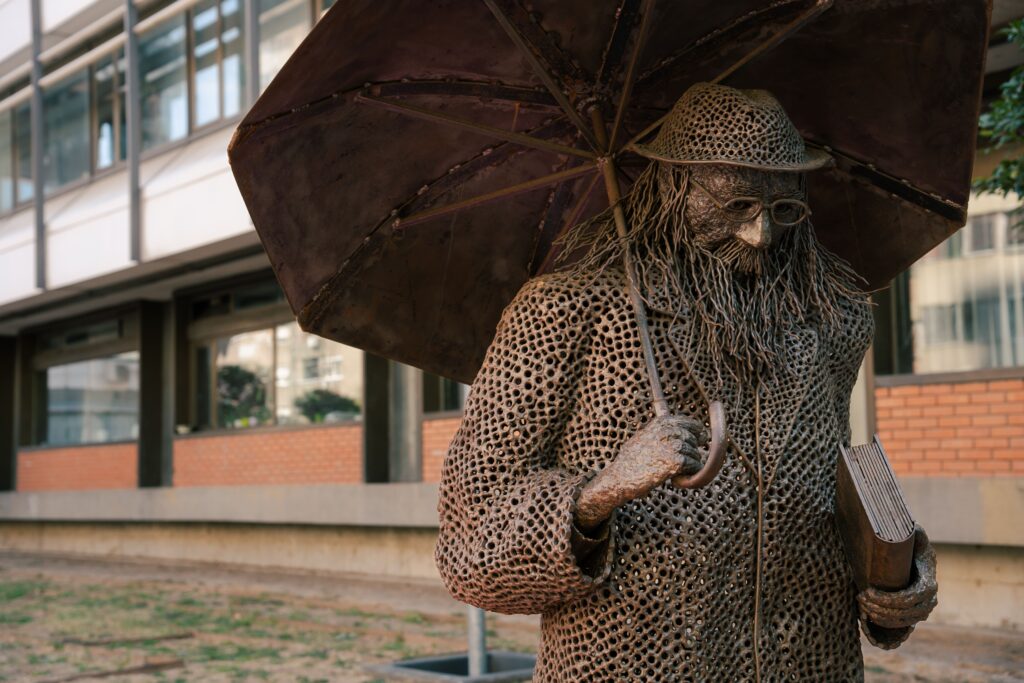
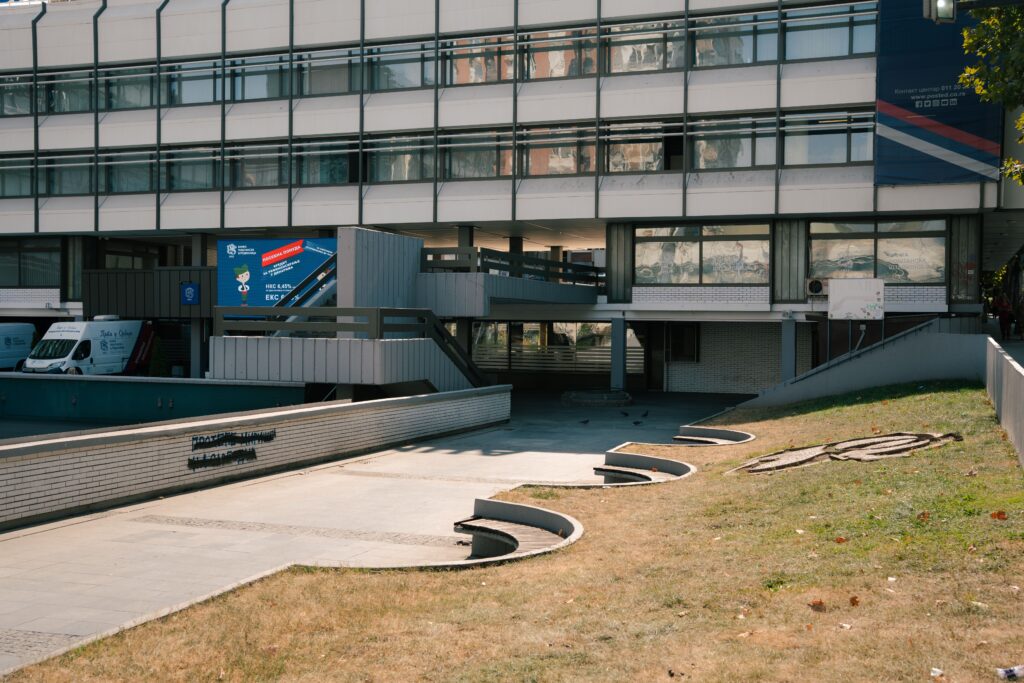
Next to the complex there is a playful, colourful square named after the writer and TV presenter Raša Popov, decorated with an unusual monument (Raša Popov Plateau). The monument is made mostly of welded nuts.
The next stop is Palilula Market, which in 2019 received a new building with contrasting materials and triangular forms — hence its nickname after the Serbian dessert “Vasa’s Torte.” Instead of a traditional Belgrade market, after reconstruction this has become a fashionable place where produce stalls sit alongside cafés and bars.
